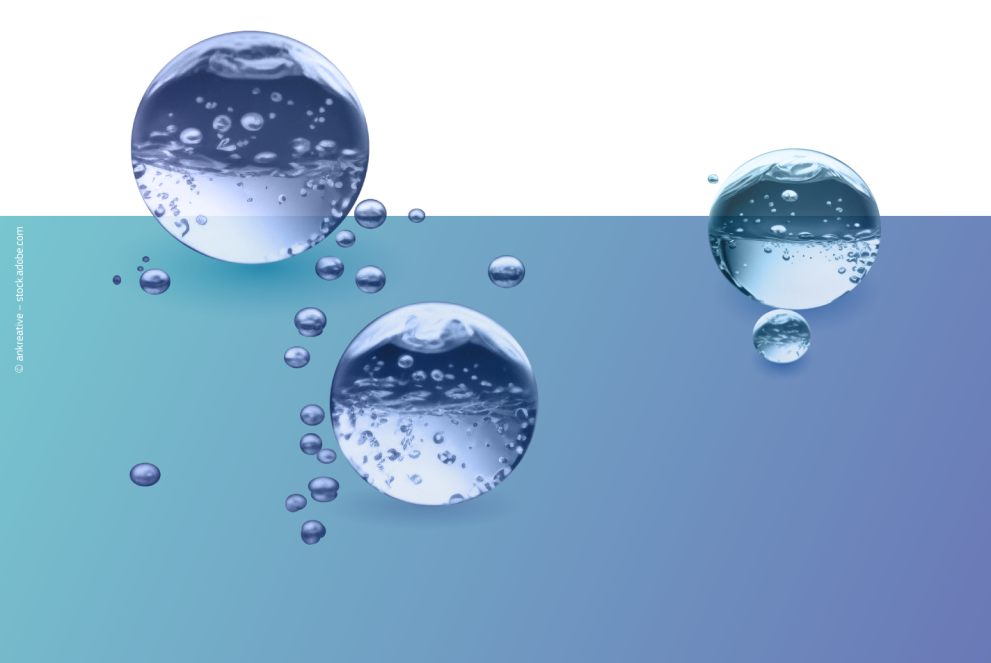
Hydrophobicity represents the tendency of a substance to repel water. It is an important property for understanding the behaviour of nanomaterials or other chemicals in terms of safety assessment. There was however a methodological gap until now since existing standardised quantification methods were not suitable for nanomaterials.
In the newly adopted method, the “Hydrophobicity index” of nanomaterials is determined by an affinity measurement with engineered collectors, developed and characterised at the JRC. This simple measurement is done by counting the number of particles binding to surfaces with controlled properties as a function of time.
A JRC method tested through inter-laboratory comparison
The method, tested through an inter-laboratory comparison study conducted by institutions from eight countries, is based on the work published by JRC researchers in 2017 and 2018 adapted to conform the OECD Test Guideline standards. The OECD Test Guidelines are accepted internationally as standard methods for safety assessments.
The method was submitted to the OECD Working Party of The National Coordinators of the Test Guidelines Programme (WNT). Once the proposal was accepted, an expert group was created to help JRC researchers to develop the future Test Guideline.
Milestones of the Guideline development included the creation of a draft standard operating procedure for the method, its successful testing through an inter-laboratory comparison and the drafting of the Test Guideline itself.
The results of the inter-laboratory comparison, the statistical analysis confirming the transferability of the standard operating procedure, as well as the robustness and reliability of the method are published in the report Inter-laboratory comparison on the determination of the hydrophobicity index of nanomaterials through an affinity measurement.
The draft Test Guideline and the standard operating procedure for the method went through a consultation with national experts appointed by OECD countries. The Test Guideline was officially adopted and published as OECD TG 126 on 4 July 2023.
How does it work?
Technically, the method uses a standard light microscope in dark field mode and microfluidics based engineered collectors. These surfaces of controlled properties are based on modified glass slides with micrometre-scale channels. These make the measurement easily applicable in any “normally equipped” laboratory and with very small volumes of sample.
The tested material is injected in the channels presenting different properties, where the nanomaterial binds at different rate according to its hydrophobicity. These binding rates are measured to calculate the “Hydrophobicity index”, Hy, using an automated data analysis system that was also developed at the JRC.
Hy is a dimensionless number that quantify the “degree of hydrophobicity” of the tested nanomaterial. It is typically comprised between -2 and 0. A nanomaterial is considered hydrophobic when the value of this index is between 0 and -1, while a hydrophilic one shows values lower than -1. The closer to 0 the Hy is, the more hydrophobic the nanomaterial is.
Related links
Direct quantification of nanoparticle surface hydrophobicity
Characterisation of nanomaterial hydrophobicity using engineered surfaces
Details
- Publication date
- 6 July 2023
- Author
- Joint Research Centre
- JRC portfolios




